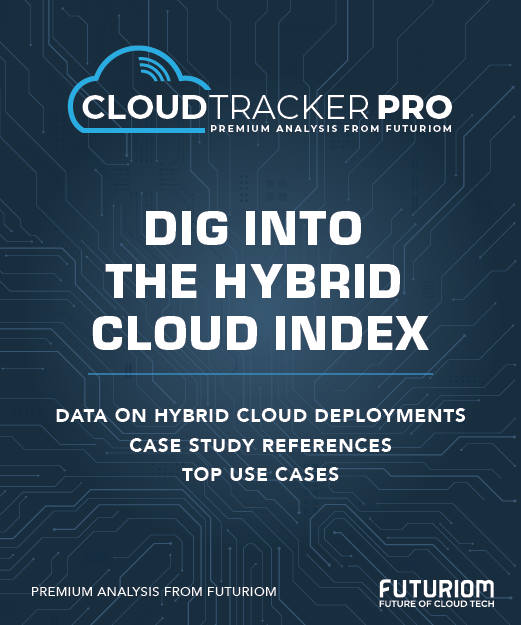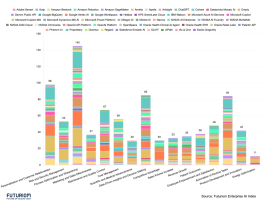Delivering ROI with Extreme Fabric: Views from the Field

In this Leadership Brief, Futuriom takes a look at Extreme Networks’ network fabric, an innovative approach to managing and automating enterprise network operations.
Based on Shortest Path First bridging (SPF) and IS-IS routing protocols, Extreme Fabric is a network virtualization and automation technology that unifies disparate network segments, such as campus, datacenter, and branch networks into a single topology; and automates network change and enables a zero-trust approach to secure access for users and devices across the network. Fabric’s combination of automation and simplicity offers significant scalability with less time and effort, enabling managers to quickly set up flexible, secure networks of up to tens of thousands of devices.
Inside the Extreme Network Fabric
Network Fabric enables multiple secure virtual network segments as one topology over a physical infrastructure. The technology is also mature, with more than 5,000 fabrics deployed globally with industry-leading customers, including Volkswagen Poznań, Norwegian Cruise Line, the Nevada Department of Transportation, Paris Airports, and Dr. Sulaiman Habib Medical Group. These customers rely on Extreme Fabric to unify, automate, and secure their enterprise networks. In this Leadership Brief, we will profile some of these deployments as well as do a deep dive on deployments at Temple University and Clark County’s Harry Reid Airport.
For this Leadership Brief, Futuriom studied deployments and interviewed customers to validate the benefits of Extreme’s technology. Futuriom found that the advanced management tools in Extreme’s fabric solutions can reduce complexity and automate operations. As a result, networks are much faster to setup up, maintain, and change, without any compromise in performance or security.
Key ROI Details of the Fabric
As a Layer 2 fabric, the fabric’s “stealth core” topology makes the core network invisible to IP scans and attacks. Fabric is also able to discover new devices and automate automatically both macro- and micro-segmentation. Together these capabilities simplify and automate secure access, reduce attack surface, and minimize the potential blast radius of attacks by isolating segments and preventing lateral movement.
Key values identified in our study of end-user deployments as well as customer interviews include the following:
- Shorter time to deploy network services.
- Improved network segmentation, visibility, and security.
- Simpler networking—anybody can do it.
- Expanded secure connectivity, with capability to set up virtual network segments for diverse devices including IoT devices such as cameras.

























